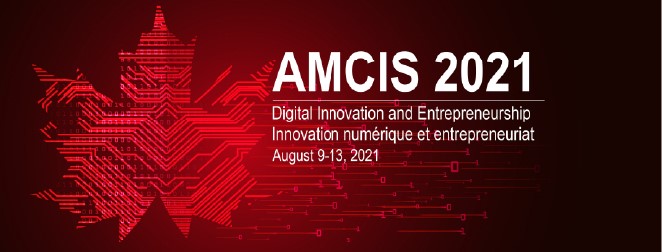Green IS and Sustainability (SIG Green)
Loading...
Paper Type
Complete
Paper Number
1645
Description
Microgrids integrate distributed energy resources into an energy network reliably and efficiently. However, research of real-world examples at the international level is limited. We conduct a morphological analysis for microgrid design options to examine the status quo of academic literature. We identify 18 dimensions with 60 characteristics divided into the five layers governance, business, intelligence, communication, and physical. Subsequently, we classify 30 real-world microgrids with diverse types and locations using our morphological box. Our analysis reveals future research requirements regarding social aspects, business models, critical success factors, and maturity levels. We provide a framework supporting decision-makers to identify microgrid design options and promote socially, economically, and environmentally sustainable, resilient, and decentralized energy supply.
Recommended Citation
Gerlach, Jana; Eckhoff, Sarah; Werth, Oliver; Kraschewski, Tobias; Brauner, Tim; and Breitner, Michael H., "Classification of Real-World Microgrids Based on a Morphological Analysis" (2021). AMCIS 2021 Proceedings. 5.
https://aisel.aisnet.org/amcis2021/green_IS/sig_green/5
Classification of Real-World Microgrids Based on a Morphological Analysis
Microgrids integrate distributed energy resources into an energy network reliably and efficiently. However, research of real-world examples at the international level is limited. We conduct a morphological analysis for microgrid design options to examine the status quo of academic literature. We identify 18 dimensions with 60 characteristics divided into the five layers governance, business, intelligence, communication, and physical. Subsequently, we classify 30 real-world microgrids with diverse types and locations using our morphological box. Our analysis reveals future research requirements regarding social aspects, business models, critical success factors, and maturity levels. We provide a framework supporting decision-makers to identify microgrid design options and promote socially, economically, and environmentally sustainable, resilient, and decentralized energy supply.
When commenting on articles, please be friendly, welcoming, respectful and abide by the AIS eLibrary Discussion Thread Code of Conduct posted here.


